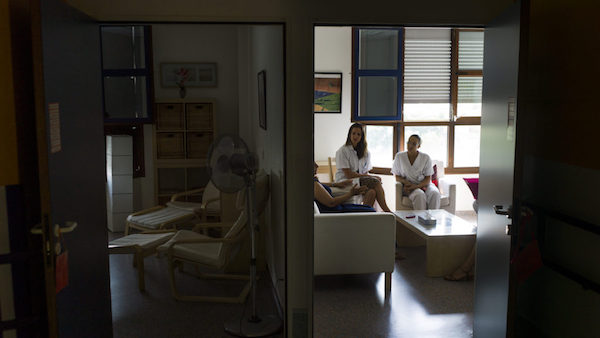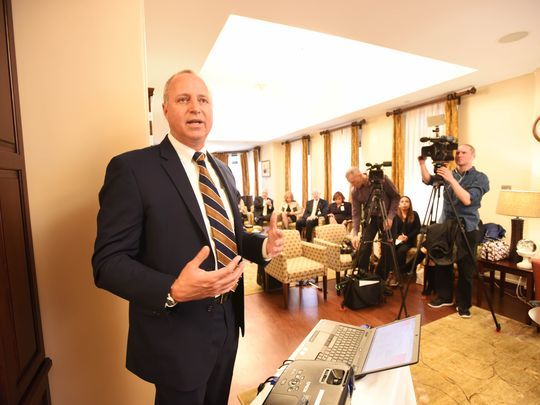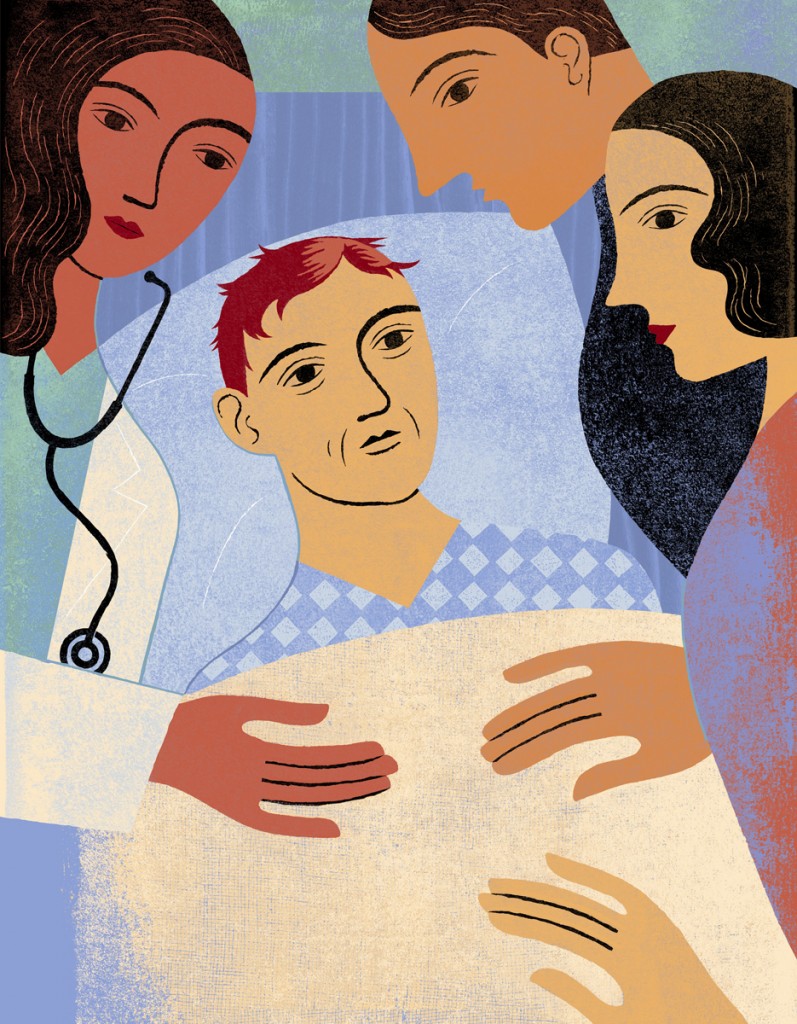By
[I] am a doctor who loves to use technology. But I also understand its limits. As an intensive care physician, I have great respect for the tools I have been trained to use. They have helped me rescue people from the jaws of death. But these tools can do more harm than good when used without first having an honest communication about what they can’t do.
Take Linda. She was born with a defective heart valve, which was replaced when she was in her 50s. She had a pacemaker implanted at the same time. But an errant pacemaker wire chafed the delicate replacement valve, which slowly began to build up scar tissue. It was a subtle undoing, not enough to be obvious but enough to cause increasingly serious health problems. Her heart problems were compounded by kidney failure and a recurring buildup of fluid in her lungs. She became increasingly fatigued and bedbound.
Linda’s poor medical status made a second valve replacement operation very risky. Her cardiologist recommended that she go across the country to a highly respected medical center in the Midwest that specializes in such procedures. Its cardiac surgeons were considered the “A” team for managing problem valves.
Linda’s husband, John, a civil engineer, was confident that reshaping Linda’s valve would restore the rest of her body to health. It would just take cool heads, some design thinking, and the steady hands and expertise of these spectacular surgeons. John possessed the education, resilience, and ingenuity to overcome most obstacles and, when it came to saving his wife’s life, he would spare no effort.
John hit the ground running, inserting himself into the medical team with confidence. He was pleasant but persistent, unafraid to ask questions or express opinions.
The operation was successful, but Linda encountered several severe complications afterward. The doctors included John in conversations about these complications as they cropped up, and even solicited his preferences regarding next steps for her. They continued to discuss with him the minutiae of her physiology and listen to his opinions on which drug or nutritional formula to consider next. There was always another treatment, another high-tech intervention to try.
But the one thing the doctors didn’t offer was the larger truth. Linda was dying. Enlarging blood clots, bleeding deep within her abdomen, the inability to breathe without the support of a machine, profound and progressive weakness, and the deficits of her sick liver: This was an avalanche no “A” team could prevent.
In the third month after the operation, Linda’s suffering growing by the day, John reached out to me through a mutual friend. I listened to his exhausted voice on the phone. It was clear that he was broken and overwhelmed, but he was still struggling to fight each of Linda’s medical problems. While John knew about every medical treatment available, he was blind to the fact that his wife was dying. Even as her body was breaking down in painful and gruesome ways, even as she asked him to let her die, he felt that it was his duty to keep fighting for her life.
All of Linda’s specialists had, no doubt, wanted to do their best for her and for John. But they were unable to say the words that this suffering man needed to hear. There was no outright incompetence, no obvious neglect or laziness, no ill intention — only doctors, the best of the best, extremely smart and eager to help, providing the world-class, organ-focused care they had been taught to provide.
At my suggestion, John asked to talk with a palliative care specialist. Palliative care is a relatively new subspecialty in medicine which focuses on caring for the whole patient instead of just the failing organ. To do this, its practitioners are highly trained in the management of all symptoms that come with serious illness, as well as the communication skills required to share important information about prognosis and treatment options that other doctors often avoid.
Although palliative care has been proven to benefit seriously ill patients in intensive care units, Linda’s team hadn’t offered her this option. With the support of a palliative care doctor, John acknowledged that it was time to honor Linda’s request to be disconnected from the machines that were keeping her alive. She died shortly afterward. But the trauma of Linda’s prolonged dying process left John with a sense of failure, profound pain, and a grief so complicated it would take years to unravel.
Specialists with cutting-edge technical skills and the technology to support them are indeed a type of “A” team. But they often lack a different crucial skill, one I believe all doctors should hone: the ability to communicate bad news. Without that they are an “A” team of technicians, not physicians in the truest sense.
A true physician, to my mind, tends to the whole patient, not just her organs, and cares for the human behind the disease. Unfortunately, Linda and John’s experience was another manifestation of how our system often treats patients who are dying, focusing on cure rather than care, and chasing fantasy even when cure is not an option.
We physicians must come out from behind our machines and high-tech treatments and do something that can be more difficult than replace a heart valve: talk with our patients and their family members about what is really going on. We owe patients this essential information so they can understand the range of options, and their limits. Each of us — physician, patient, and family member — must look carefully at our collective tendency to celebrate technology and to assume that more is always better.
Complete Article HERE!










